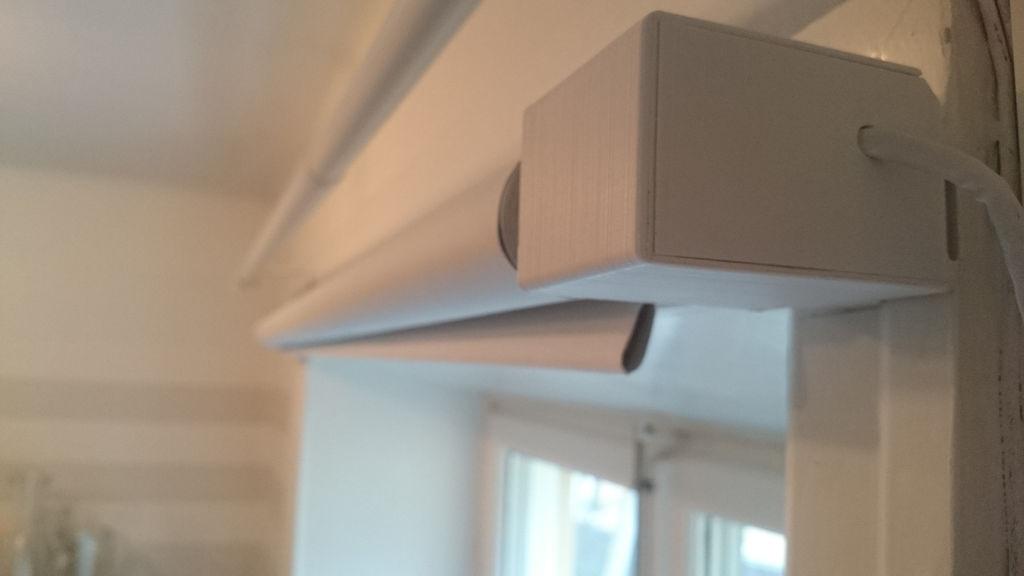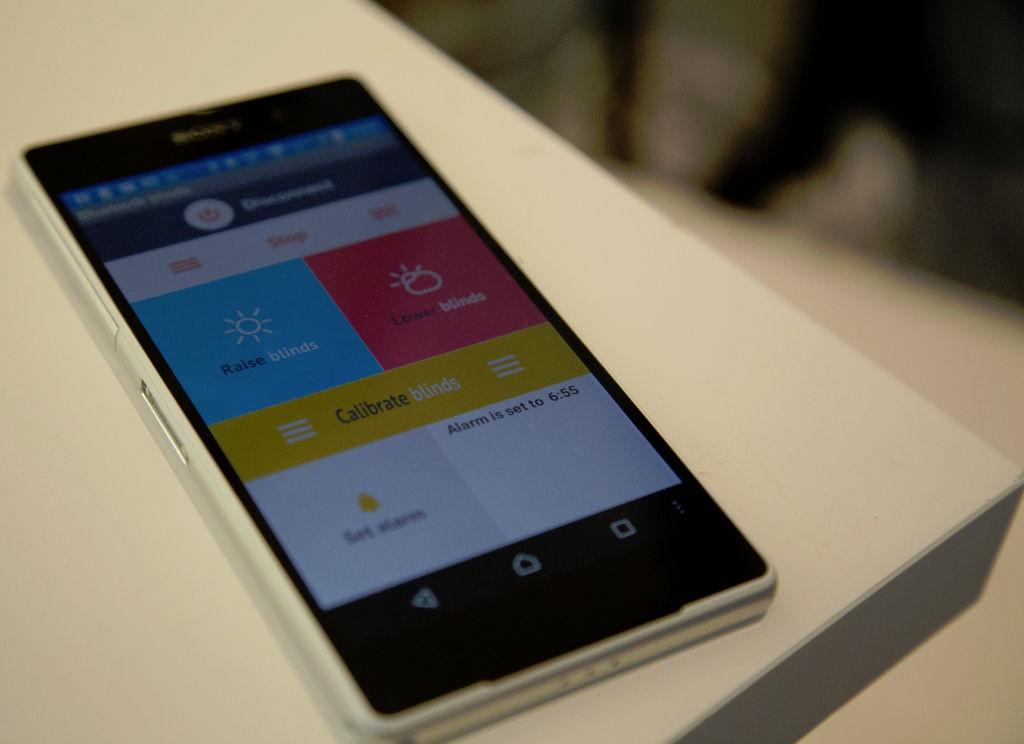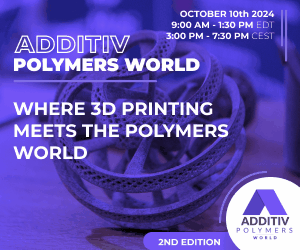If you struggle with starting your day and your alarm clock bears the brunt of your early-morning angst, then Instructables contributor Johan Moberg may have a solution for you with his App and Timer Controlled Automatic Blinds. He’s designed a 3D printed device that will help you wake up gradually with the morning sunlight rather than a blaring alarm clock. It’s reminiscent of another Instructables project we saw back in December to open the blinds, though this one is powered with Bluetooth.
Moberg’s device works with an app on your smartphone that you can set to open the blinds in your bedroom gradually, before the alarm goes off. In order to complete this project, you’ll need to have some basic knowledge of electronics–experience with Arduino would help, but those aspiring makers eager to learn shouldn’t shy away. You’ll also need to have some basic CAD skills or, again, a willingness to learn. Fortunately, Moberg has provided excellent, detailed instructions. Check out the blind control in action:
Before jumping in, be sure that you have the following: An Android phone with Bluetooth, a soldering iron, and a multimeter (an instrument for measuring voltage, current, and resistance with electronics). You will, of course, also need a 3D printer and about a day to print the parts, build the device, and install the app. Don’t despair if you don’t have a 3D printer. You can upload Moberg’s .stl files to a web-based service like Shapeways or find a 3D printer in your neighborhood via 3D Hubs using the button right on the Instructable.
Another thing you’ll need if you don’t already have them is window blinds. Moberg bought some very affordable ones from Ikea. Rather than using the mounting brackets provided with the blinds, however, you will be switching things up a bit. One bracket will hold the blinds in place and the other will hold the step motor, which rotates the curtain axle.
So how does this device work? Essentially, the step motor is connected to the component box with a cable. The component box, which houses the step motor drivers, the Bluetooth receiver, and an Arduino, can be installed either on the floor or secured to the wall.
 When you start the app on your Android phone, you will calibrate the blinds (this is a one-time thing). This will signal the device to start rolling down the blinds. When they are fully extended–that is, covering the window completely–you press “stop calibration” and the app obeys. This means you will never have to stop the app manually again, which is probably all for the best as this will be happening every morning when you’re still mostly asleep.
When you start the app on your Android phone, you will calibrate the blinds (this is a one-time thing). This will signal the device to start rolling down the blinds. When they are fully extended–that is, covering the window completely–you press “stop calibration” and the app obeys. This means you will never have to stop the app manually again, which is probably all for the best as this will be happening every morning when you’re still mostly asleep.
The system Moberg has designed is nearly foolproof, too. There’s an alarm and, when you set it, the app will set the current time on the Arduino so it can keep track of the time without actually being connected to your phone–another plus for those of us who are less-than-lucid either at night when it’s time to set the alarm or in the morning when it’s time to wake up!
Short of having a front desk to give you a friendly wake-up call each morning–and maybe a servant to open the blinds–Moberg’s 3D printed, app-assisted device should be a welcome tech-age convenience. Also conveniently, he has provided a thorough shopping list with links to sources for materials and components you’ll need to complete this project. The only thing missing is your morning coffee!
Are you a morning person-or would this device help you pretend to be one? Let us know if you might want to take control over your wake ups (or at least your blinds) in the 3D Printed Timer Controlled Blinds forum thread over at 3DPB.com.
Subscribe to Our Email Newsletter
Stay up-to-date on all the latest news from the 3D printing industry and receive information and offers from third party vendors.
You May Also Like
3D Printing Market Reaches $3.45B in Q2 2024, Marking 8.4% Year-Over-Year Growth
The global 3D printing market continued its upward trajectory in the second quarter of 2024, totaling $3.45 billion—a year-over-year increase of 8.4%. Despite a slight sequential decline from $3.47 billion...
New ABB Cobots Are 10 Times More Accurate for 3D Printing and More
ABB has introduced Ultra Accuracy GoFa cobots, which are ten times more accurate than the company’s previous cobots. While older industrial robots have driven innovation in concrete 3D printing, wire...
AM Expands Beyond 3D Printing at IMTS 2024
As discussed in our previous article on the Western hemisphere’s largest manufacturing trade show, the International Manufacturing Technology Show (IMTS), the industrialization of 3D printing was on display. This was...
Ursa Major & US Navy Make $25M Joint Investment in New 3D Printed Rocket Motor Prototype
Ursa Major, the Colorado-based company dedicated to building a North American rocket propulsion supply chain with advanced manufacturing, has become one of the first recipients of funding from the DoD’s...




































